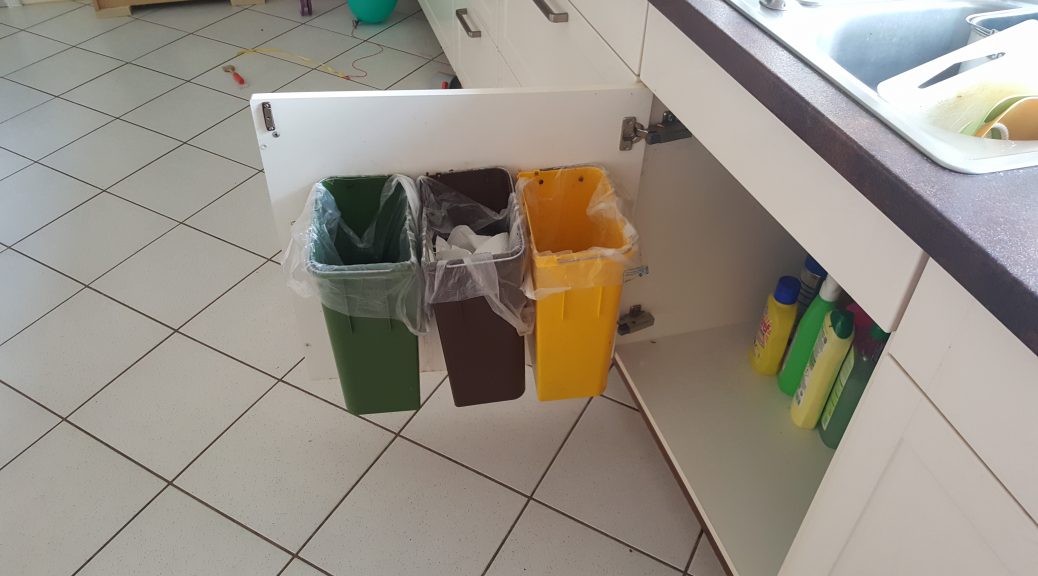
You Do WHAT With Your Garbage?! 40 Ways That European and American Homes Differ
Ever wondered about what it’s like to actually live, not just vacation, in Europe? Ever checked out details on an AirBnB rental or watched House Hunters International and been curious about more details? Besides a higher price tag, a reputation for charm, and an electrical current to fry your hairdryer from home, there are lots of interesting differences between European and American homes. You may not notice some of these right away, but they do impact your day-to-day life and way of doing things more than you might expect. Some of these are standard in all homes and apartments (in Germany at least), while some items are more of an industry average, so to say, found more often than not.
I thought it would be interesting to showcase all of the differences that I’ve noticed over the years, giving you an inside perspective to daily home life in Europe. Between having been over here for more than 15 years now, spent in over 9 rented rooms and apartments as well as our house now that we own, and of course visiting many, many friends’ and relatives’ pads, I’ve seen a lot. You may be surprised to learn about several aspects of living that we take for granted in the States that are rarely found elsewhere in the world! I know I was at first!
Without further ado, here is the comprehensive list that I’ve compiled over the years, including pros and cons as well as my favorite differences! Enjoy the tour!
Exteriors
Before you even enter a German or European home, you will notice a 1) clay roof, often seen more in Southern Europe, or at least a 2) sharply-pitched roof, sometimes with the “clay” tile look but made of metal, like ours.
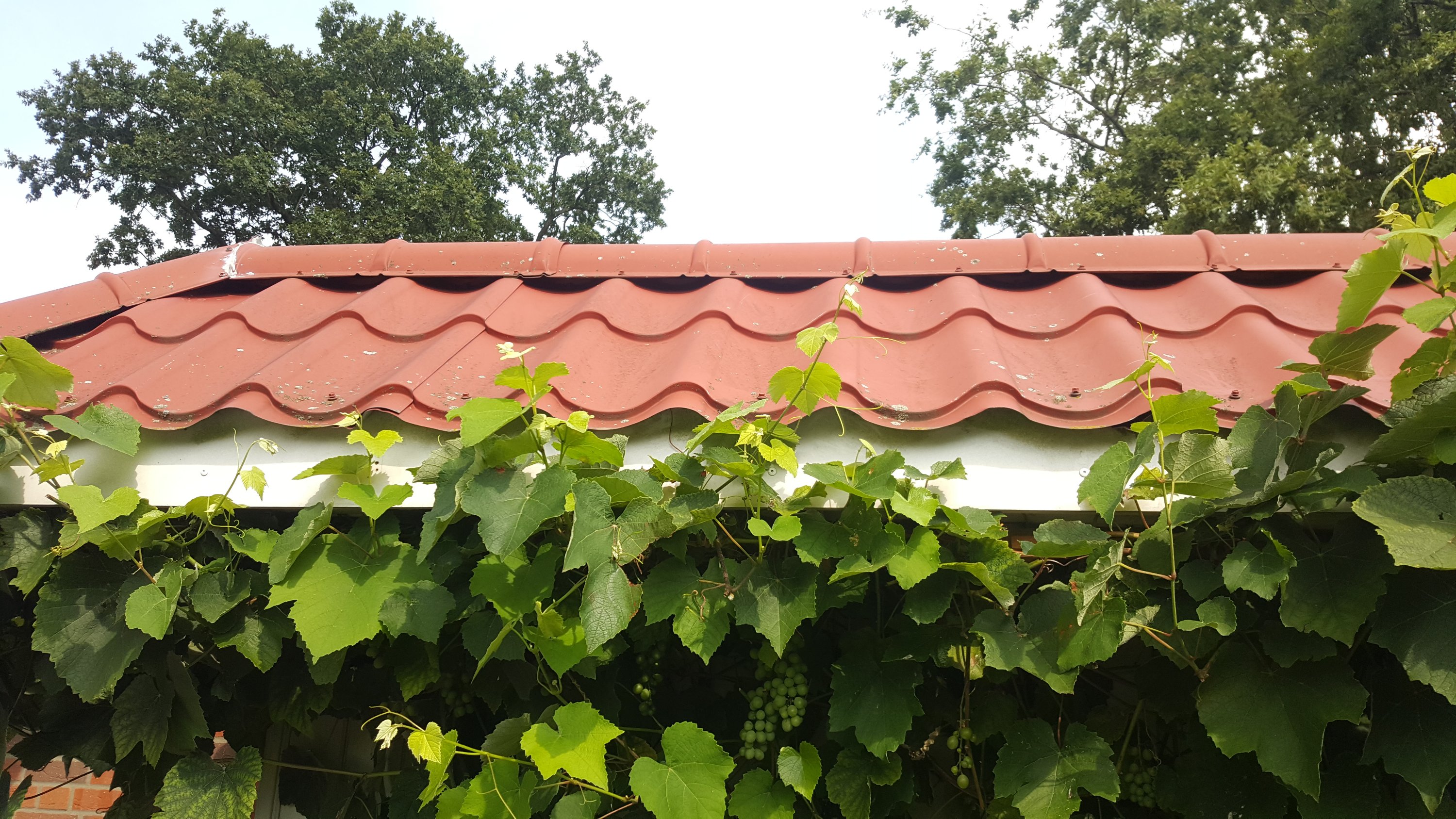
Houses over here are really sturdy, too, probably a big factor toward the high price tag. They are mostly made of 3) cement, brick or stone, not primarily wood like in the States. 4) Fire escapes are unknown for apartment buildings are here, even in highrises, maybe because stone isn’t as combustible. And no old ladies knitting and drinking lemonade on their porches here, for they almost 5) never have a porch to sit on! Quite often there will be a patio out back, providing a lookout spot more for nature rather than grandkids on their way to school.
American cars have it good at home, too. Properties are usually bigger, so there is plenty of room for a huge garage, at least semi-protecting storage items and automobiles from the elements. Here, only the lucky ones have a 6) carport, as we do, providing coverage from the car to the door in a rainstorm, which helps too. Better leave your shoes at the door since there’s 7) no mudroom either!
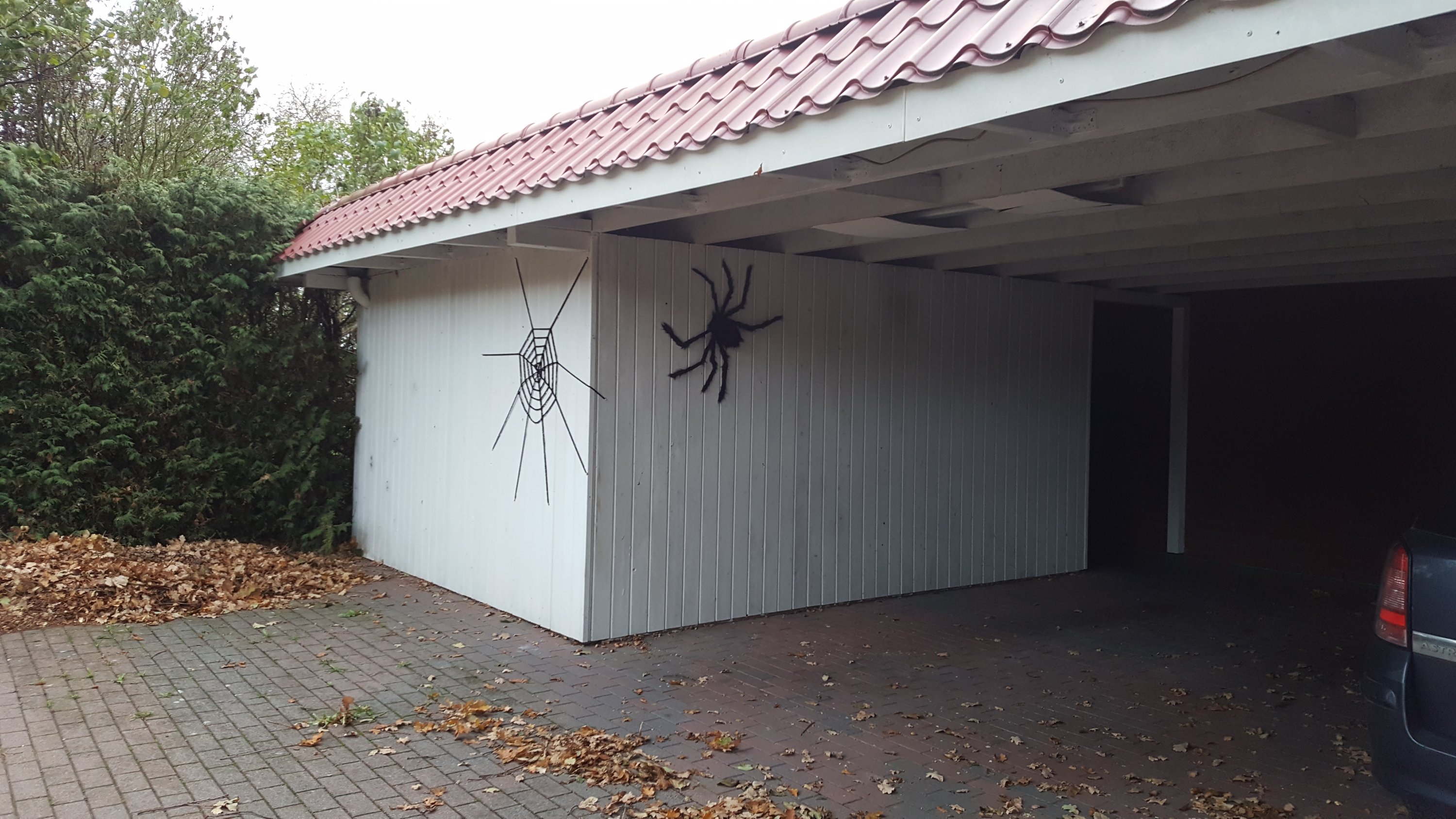
Fundamental Differences
One big difference between German and American homes that you’ll notice in every room if you take a close look is that there are 8) no closet! Yep, that’s right! Storage options inside your living space are left entirely up to the resident. This means you have to schlep tons more furniture (think huge wardrobes and shelving) around when you move, plus you need to purchase more and consider how/where the furniture will fit in each room. The flip side: the less stuff you have, the more livable space is available for you to use.
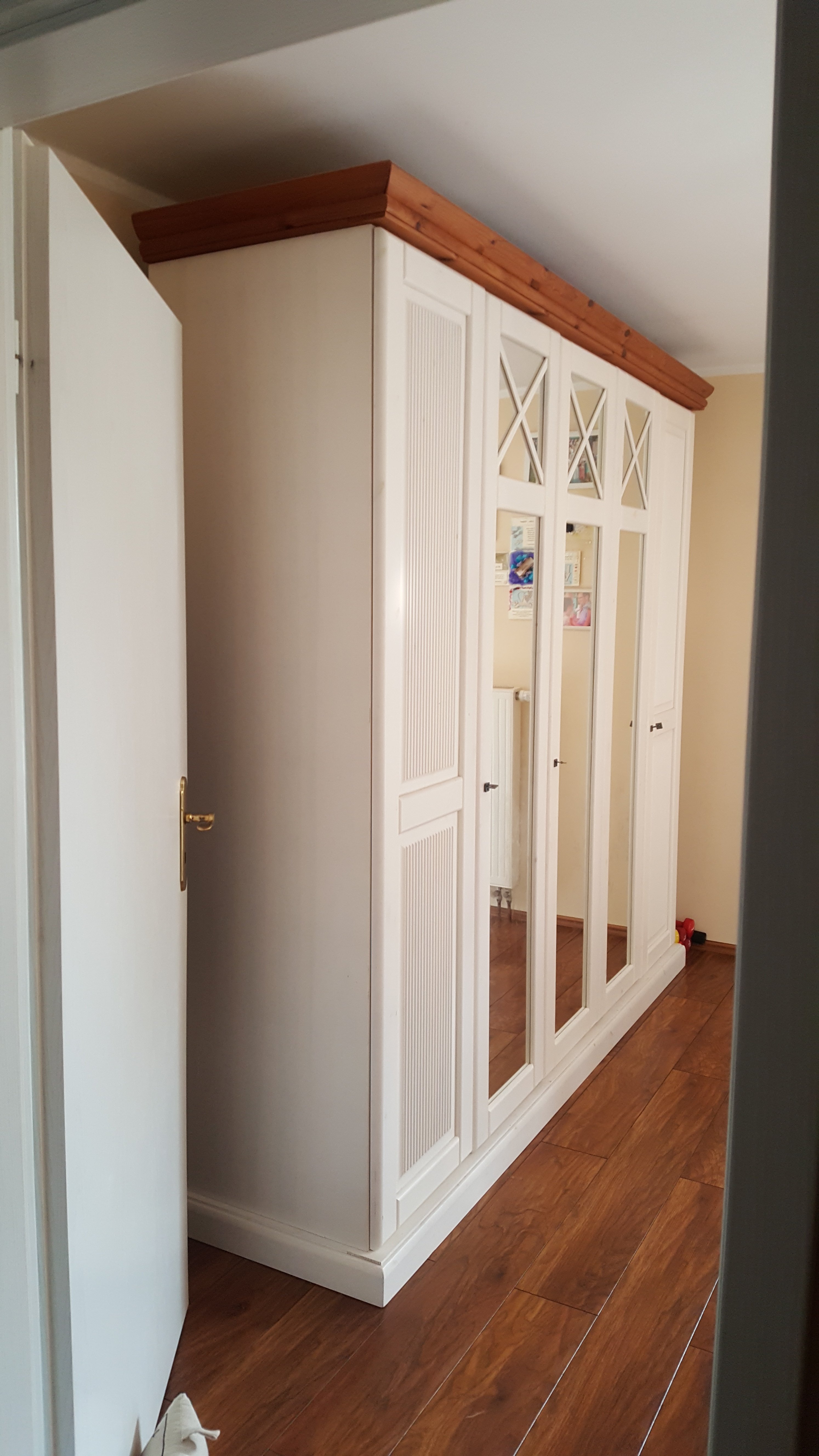
When we have a long, hot streak like we did last summer, it is noticeable in stores as well as homes that there is 9) no air conditioning. We combat the heat by closing blinds and windows when it starts to warm up each day and setting up a fan. It’s a bit of a shame to have 10) no thermostat to program a steady temperature year-round, but 11) radiator heating also has it’s advantages: each room can have its own temperature, there isn’t as much dry air being blown around, and the radiators make a great spot to dry a wet items.
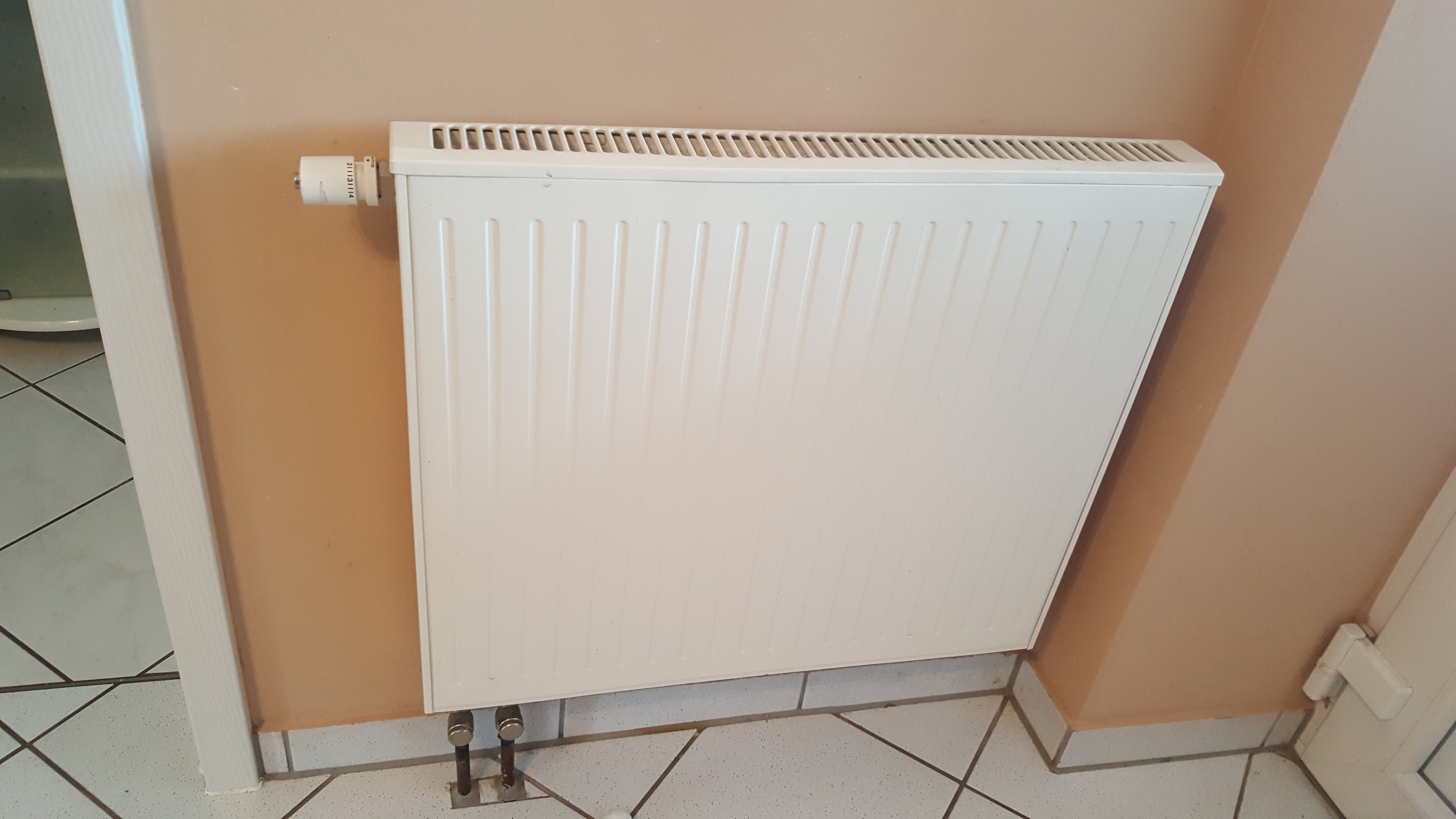
It’s fascinating how standardized household objects over here can be, like windows! They are almost all the same style – handle on the side with the “tilted” (see below) and open positions. That’s fine and all, but despite there being somehow fewer bugs here, I cannot deal with the 12) windows without screens thing! We put screen material in most windows, but since it’s just kinda taped on it tends to fall off after a while or get blown off in a storm. Why are screens not standard?!
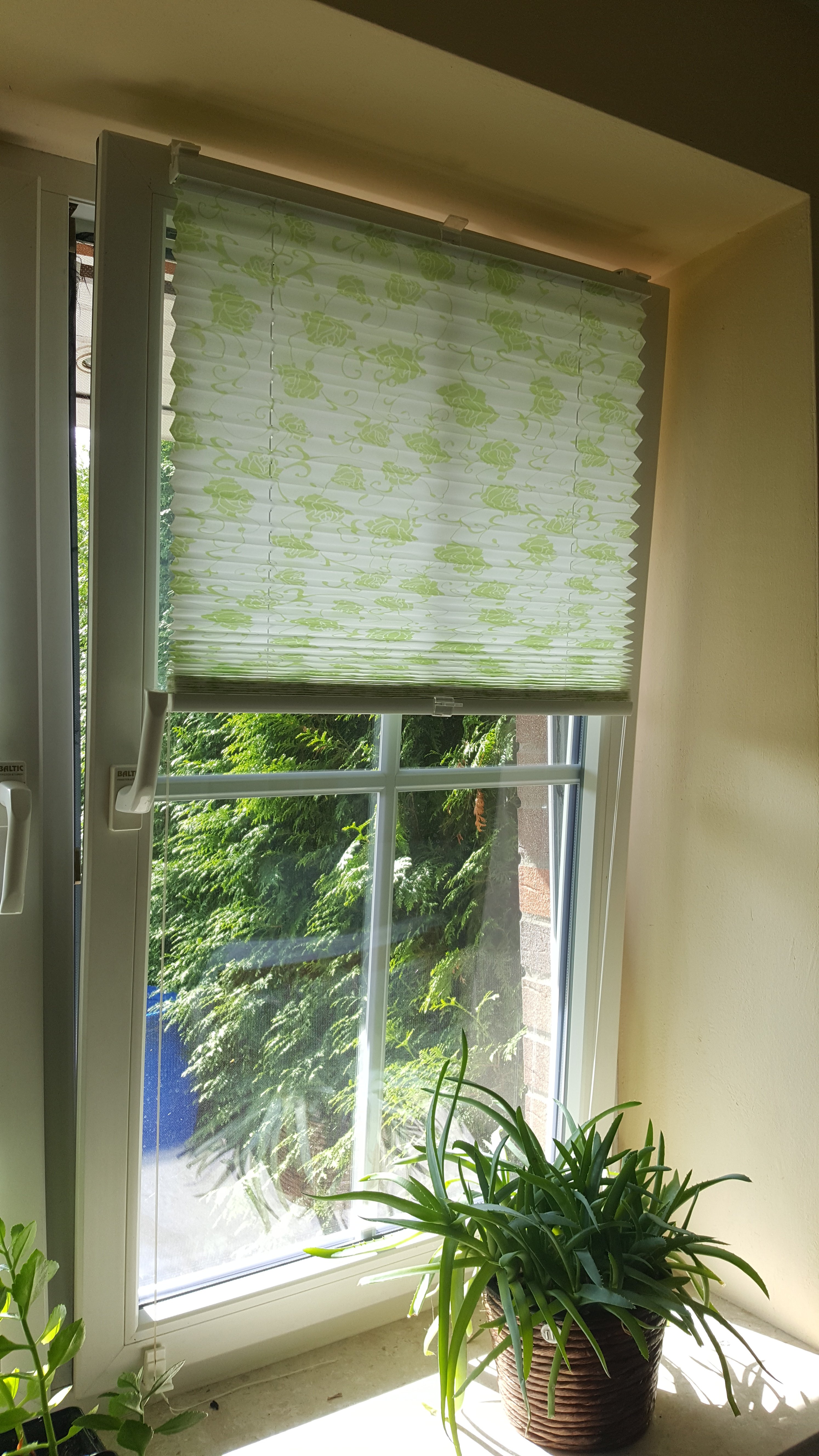
European homes usually 13) do not have basements like in the Midwest. Too prone to flooding and not needed since there aren’t tornadoes here! This means the washer is usually in the bathroom, where there is access to water. Or the kitchen. Or the storage room. And while Germans are known for being environmentally friendly, good luck getting your clothes dry during the winter before they mold since most homes have 14) no dryers! Dryers are gaining in popularity, and while we got one for our house, I never had an apartment with one in it before.
There are also some other 15) small and insignificant differences, such as door handles rather than knobs, broad rather than skinny light switches, and double grounded outlets.
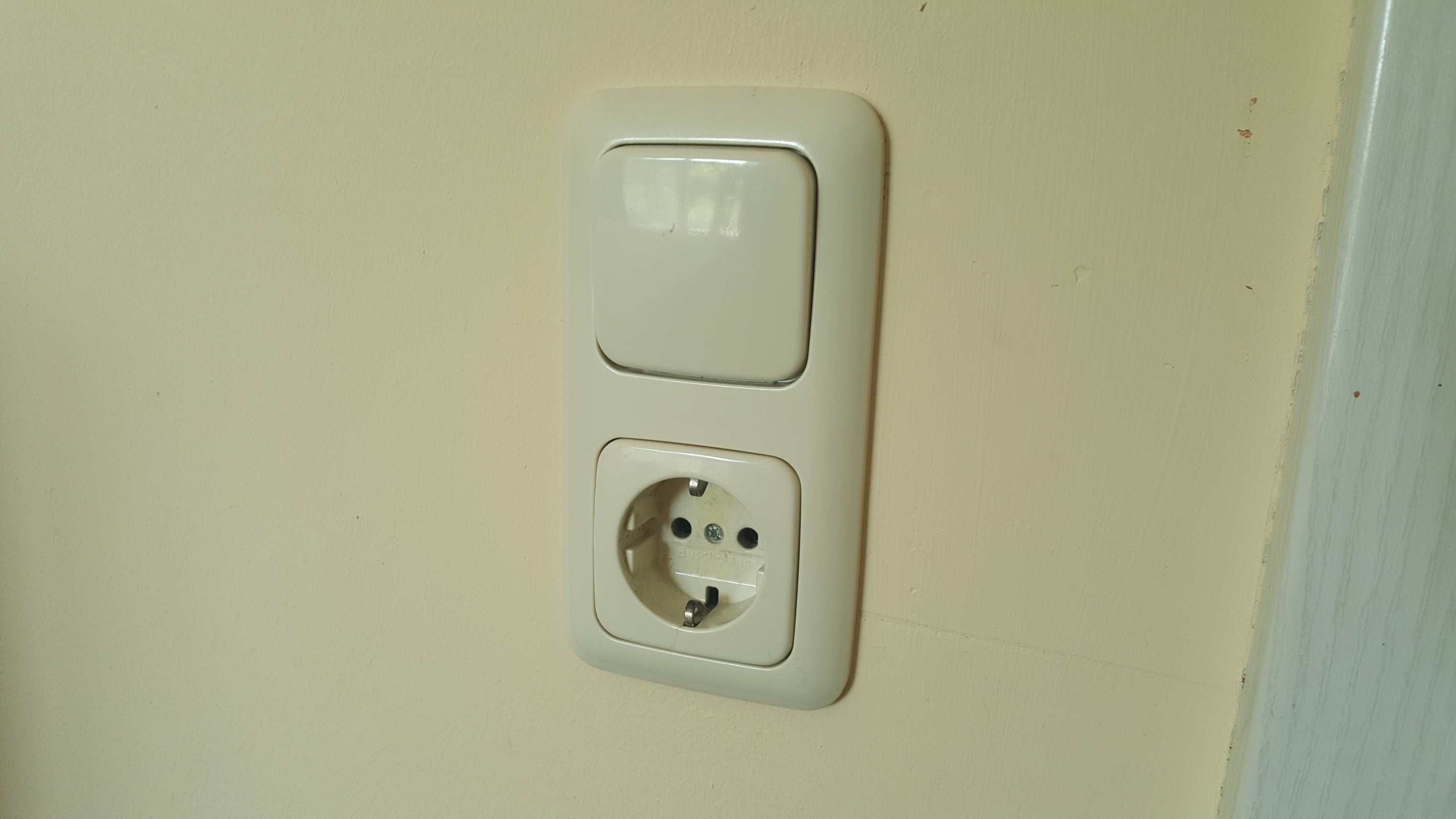
Kitchens
The biggest surprise Germans have upon entering an American kitchen is seeing what we do with our kitchen scraps! Yep, the concept of 16) garbage disposals is foreign to Europeans! Over here, kitchen waste goes in the “normal” garbage, as it does in the States too. Some areas also have an “organic waste” pick up, which is an extra garbage can exclusively for kitchen and organic wastes, including grass and hedge clippings, meat and cheese waste, and even small tree branches!
Speaking of trash, the Germans are pretty on top of things with their Mülltrennung, or 17) sorting of garbage. While some people follow the rules more closely than others, there are separate bins and pick up for the following: white glass, brown glass, green glass, paper, packaging (incl. all plastics, foil, waxed cardboard, etc), miscellaneous waste, and organic waste. I always have to chuckle when I see a German kitchen because despite there being so many different kinds of garbage, you will not see it because they 18) hide their garbage cans under the kitchen sink!!
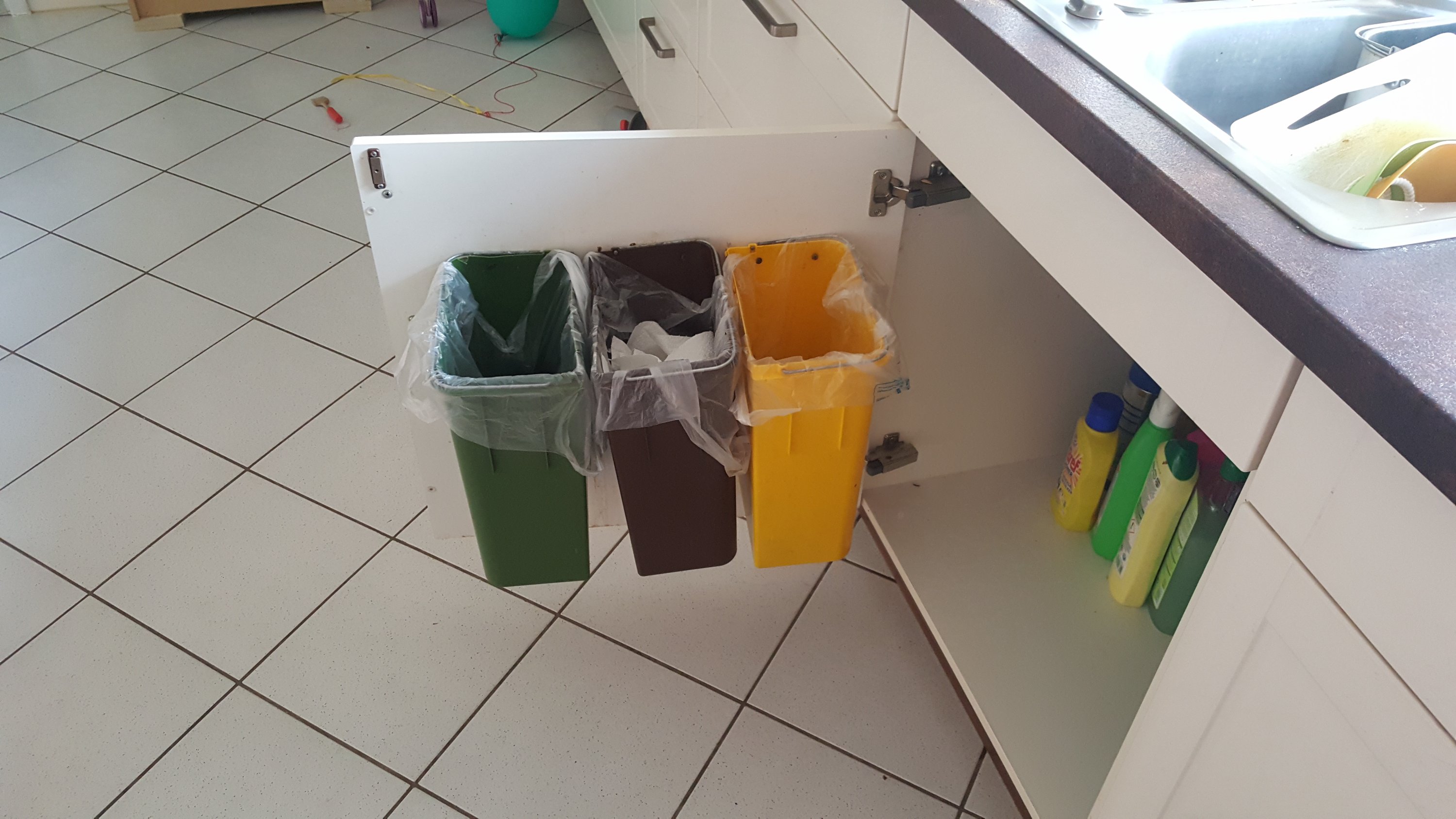
19) Hiding appliances in general tends to be the trend in kitchens here, with the microwave, refrigerator, freezer, and dishwasher also being stowed away behind what looks like cupboards. See our microwave, freezer, and dishwasher as examples:
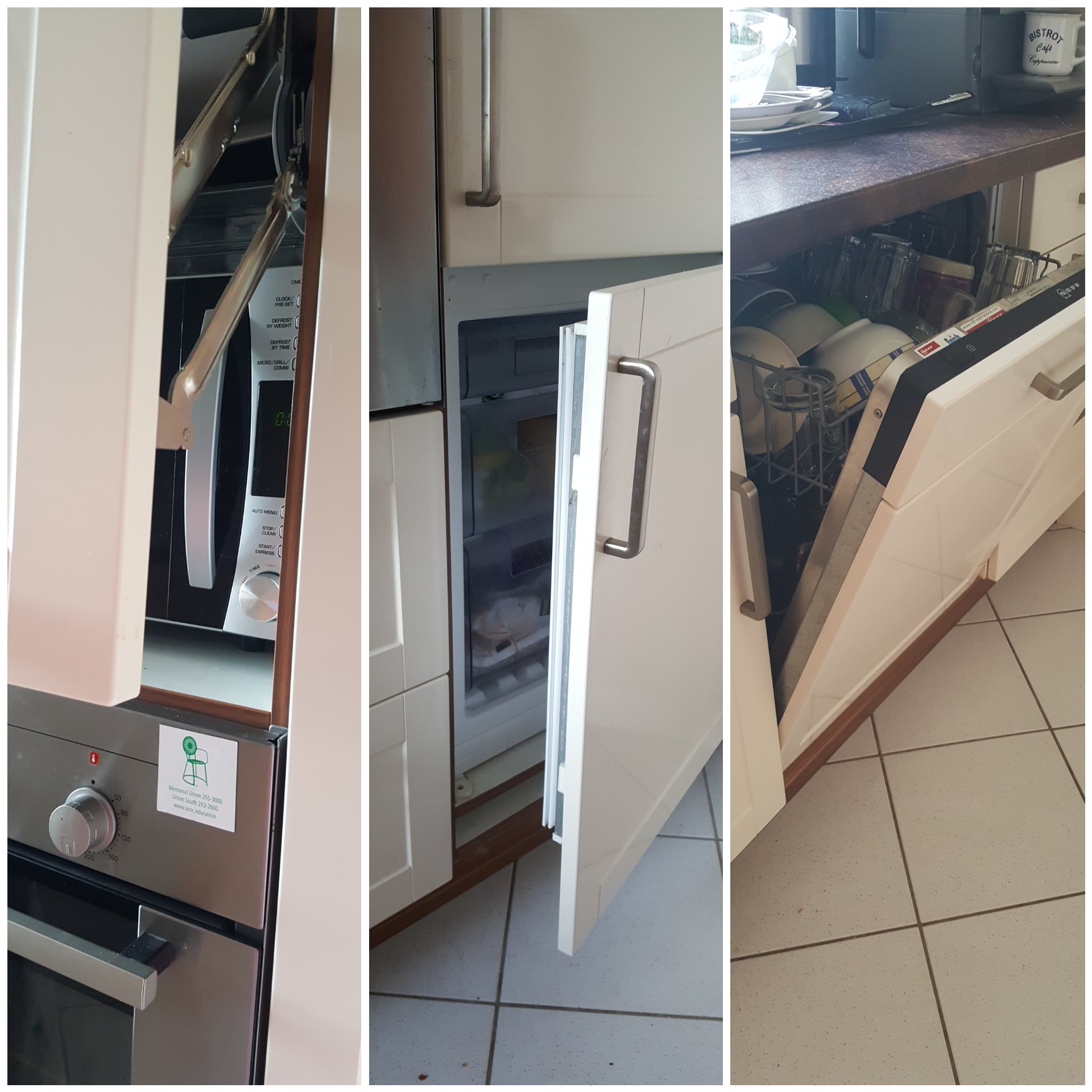
The 20) ovens and fridges are smaller over here, making this possible. Much smaller. It’s like playing Tetris in the fridge every time I go grocery shopping, and don’t even get me started on trying to make Thanksgiving dinner…
21) Electric stoves are most common, as are 22) closed kitchens. This is really great for keeping kitchen smells out of the other rooms in your house, but with a closed kitchen there are 23) no kitchen islands or bar with chairs, which would allow for a chance to chat with guests or watch your kids while cleaning up after dinner.

Some older kitchens, assuming they are big enough, have a little 24) sitting nook built into them too, saving space and providing a way to have a little table to fine at in the kitchen.
Bathrooms
The most well-known difference between a European and American bathroom is probably the 25) bidet, that “2nd” knee-high sink next to the toilet, meant for cleaning your derriere. You probably also know that the word bidet is not German, hinting at the fact that Germans never caught onto this bathroom tradition, leaving bidets to be found more in France and Southern Europe.
I’ve always found it a bit strange that German 26) bathrooms don’t have ventilation! Bathrooms are usually located on an outer wall, so it is just expected that you open the window if fresh air is needed. Shows how much warmer the climate is here. This means that you often have strangely-shaped, 27) ultra-skinny bathrooms, what Hamburgers sometimes call the Hamburg bathroom. Often times, the toilet is positioned diagonally so you can actually have room to sit down! Good luck even fitting on the toilet if you have long legs.
A feature I like in Germany is the 28) big/small flush. You have the opt in to choose how much water you think you will need to flush! Sometimes it’s just a flush with “stop” option. The 29) tank is also hidden, which is nice too, but who knows what happens when it breaks…
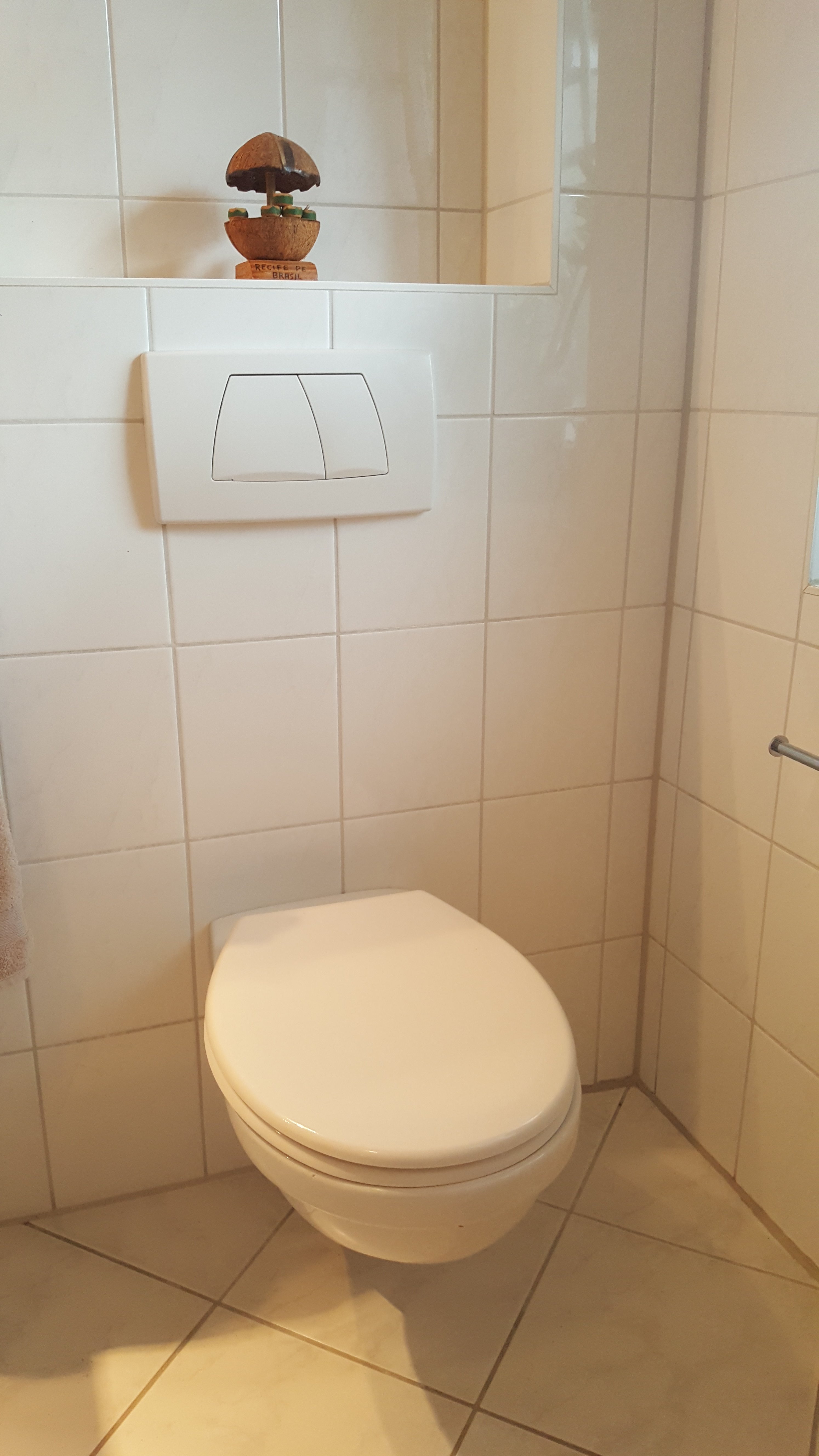
I also have yet to see a 30) separate bathroom off of the master bedroom, and the idea of a 31) bathroom counter is not popular, either. The strangest shower I’ve ever heard of is the 32) shower in the kitchen idea that can actually still be found in some apartments, although I don’t know of anyone who likes the idea. I kid you not!
One last bathroom feature I highly dislike is the 33) unattached shower head. I seriously still wonder how Europeans shower sometimes; a tutorial would be helpful but highly illegal, ha. How do they cope with long hair, water in your ears etc? Not cool. At least give me the option to hang up the head please! Side note: most places do have this option, like all the apartments I’ve ever lived in, but not all I’ve stayed at have had this! Makes showering kinda stressful, although it probably saves water.
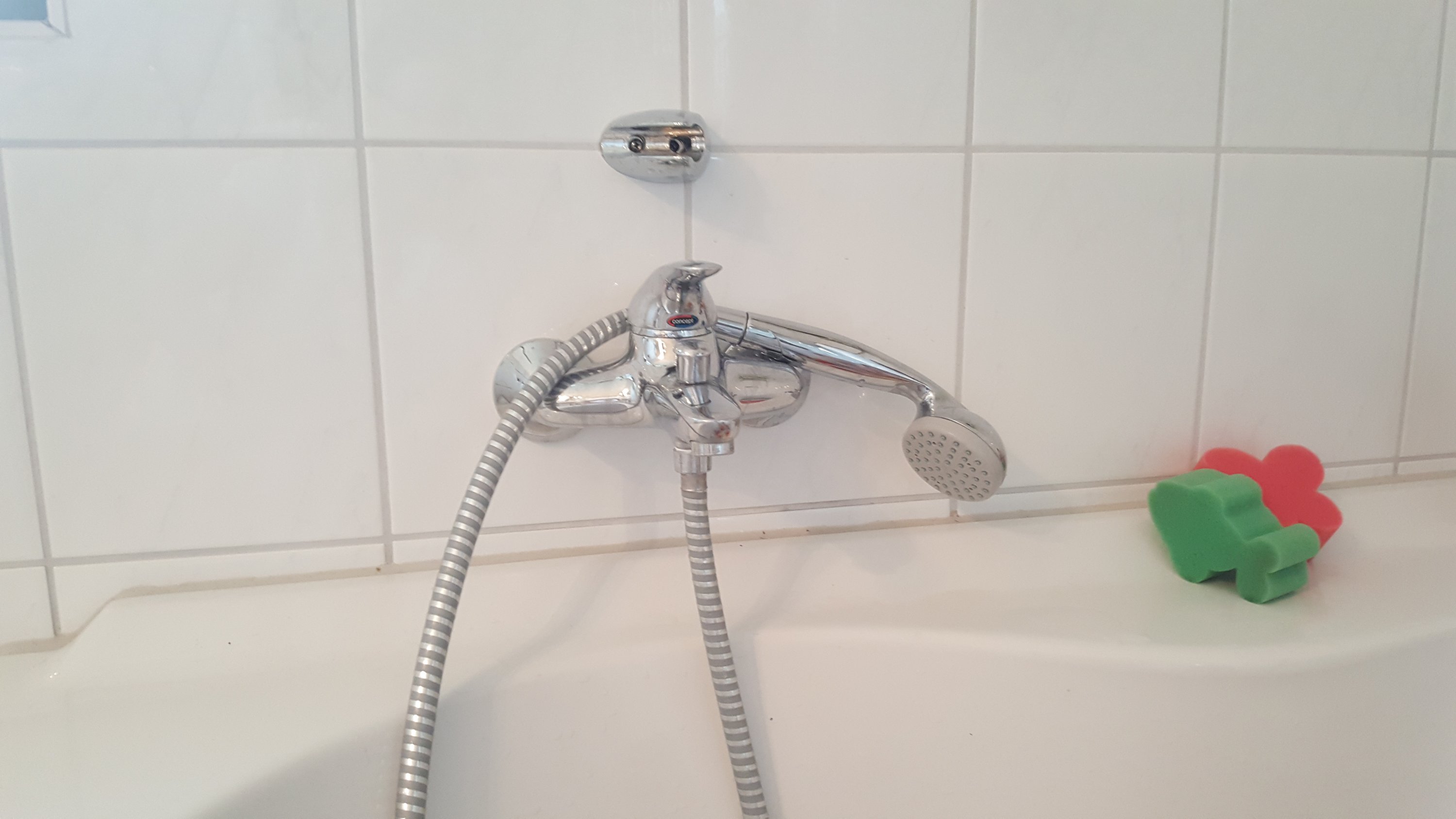
Living Rooms
The biggest difference a European notices when entering an American living room is the presence of a 34) ceiling fan, practically unknown over here!
Another biggie is 35) carpeting, sparsely used in Europe. Carpeting is comfortable on the toes and warm, but hard to keep clean and not common here, especially in living rooms. Expect stones, tiles, laminate, or other wooden floorings over here.
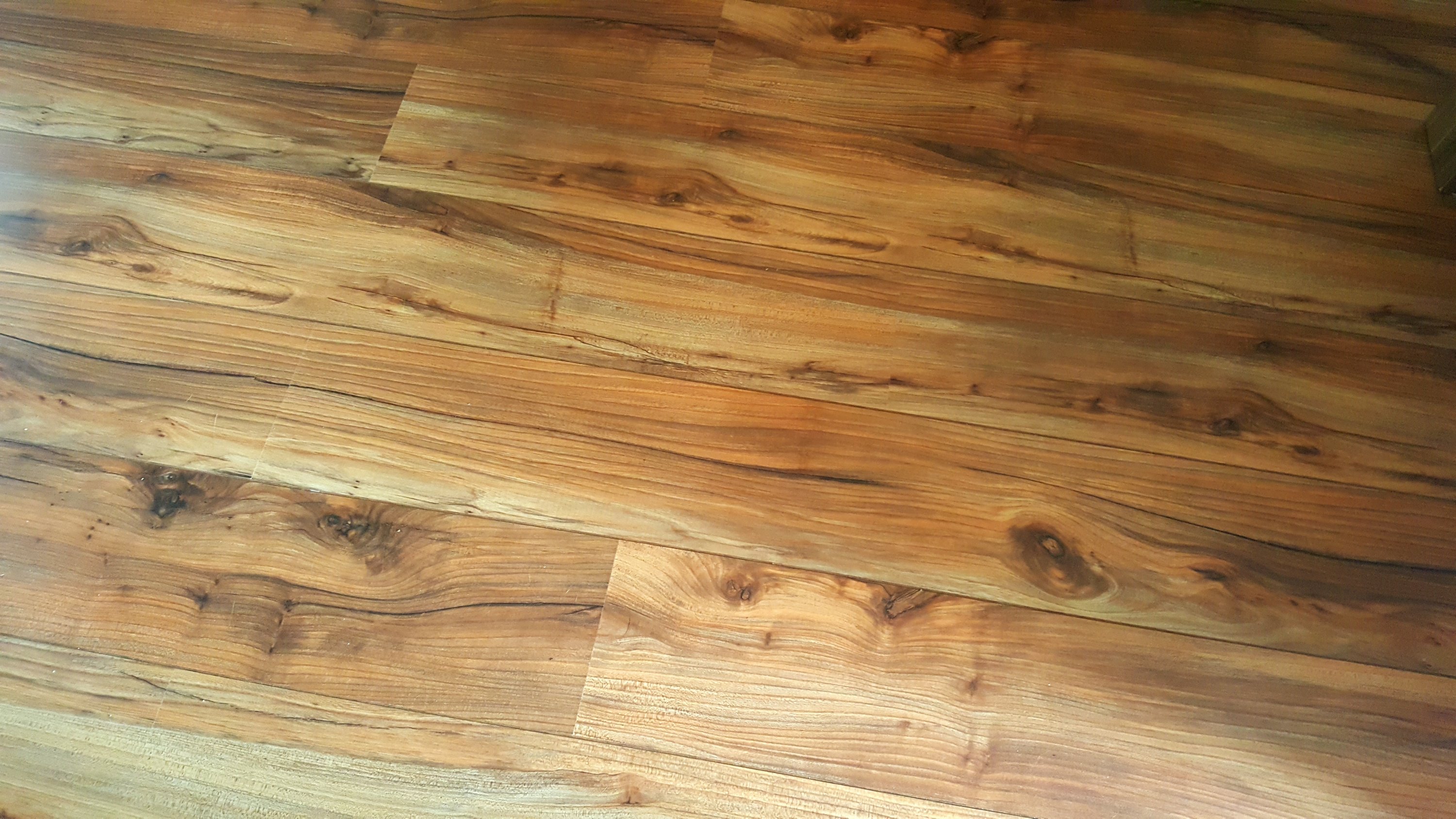
You also need to 36) bring your own lights, which is a nice way to style your room but means more to move if you need to relocate.
You even have a phenomenon in America that Europeans enjoy trying out in America, the La-Z-Boy, or 37) recliner. I believe that is catching on a bit over here, but this time-honored piece of furniture is usually just missing here, with a corner sofa or sofa/love seat combo in its spot.
Bedrooms
Bedrooms are pretty much bedrooms on both continents, besides the lack of carpet, no bathroom off master bedroom, and no walk-in closet things here. 38) Duvets are the go-to bedding option. The layers and layers of sheets, blankets, and comforters in America are confusing to Europeans, and while they keep your feet warm, they also tend to bend your toes down or fall off during the night. I’m also not a fan of these 39) huge pillows over here, very flat and unsupportive, over 2.5’x2.5′ in size! Again, not sure how Europeans actually sleep with these. I usually try to fold them at least partially. Many opt for a memory foam one instead, as do my husband and I.
One last important feature
…is 40) all that fresh air! I know that sounds like a joke, but it’s actually not! Germans are so obsessed with fresh air and “ventilating” rooms that it’s expected of you to do so from your landlord. And with good reason – buildings here aren’t as breathable as American ones, apparently, so mold will take over if you don’t air it out!
This leads to what I feel is a cultural hypersensitivity to airflow, with Germans often complaining about “a draft” or “stuffy air”. They actually have 2 ways to ventilate: putting the window on the tilt position for a little fresh air, but more importantly the Stoßlüften, which translates roughly to “pushed ventilation”, meaning open the windows the whole way for a few minutes to quickly circulate the good air in and the bad air out. Repeat several times a day and you are then a good German!
Whew.